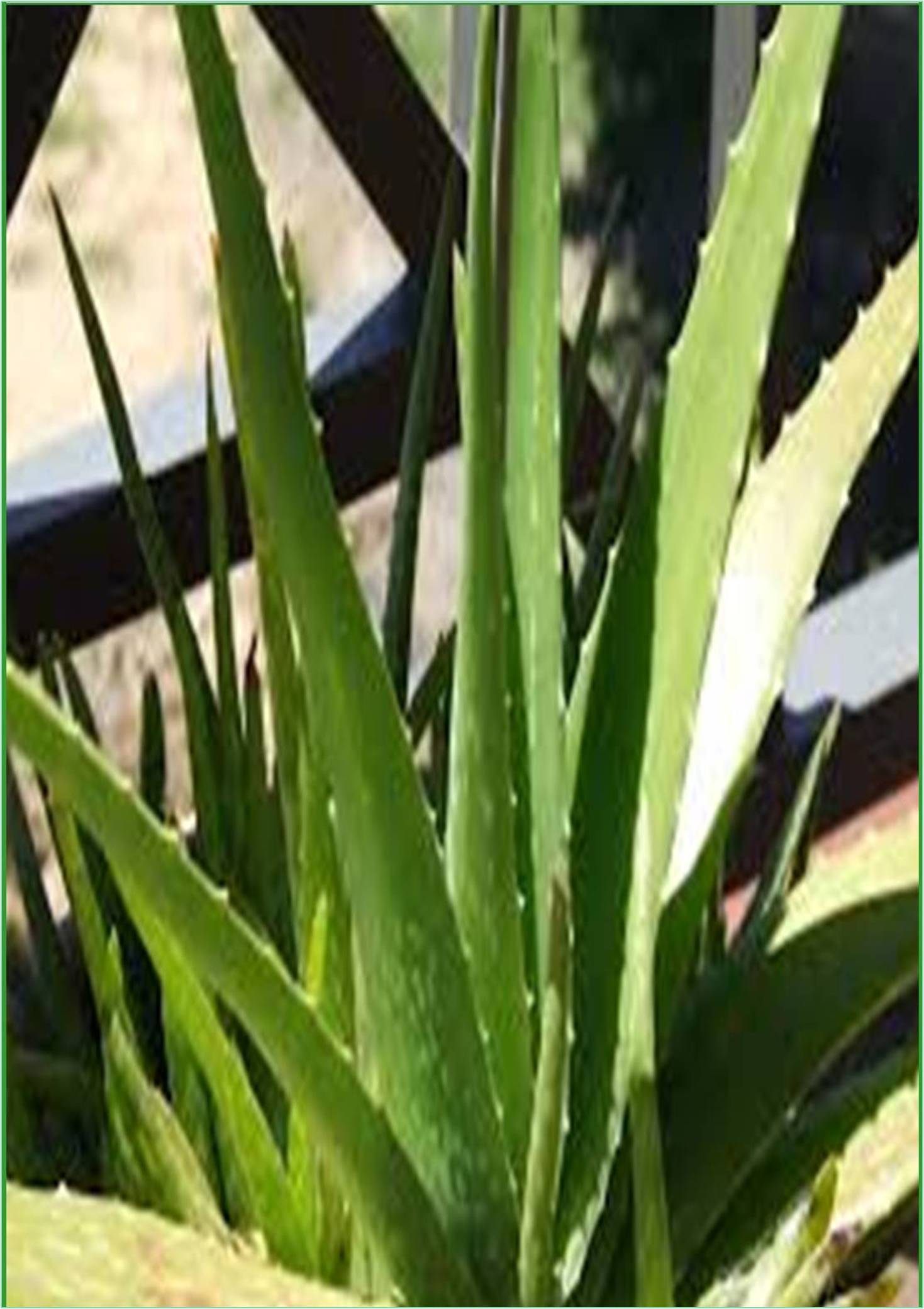



Received: 29-Nov-2022, Manuscript No. GJMPR-22-88049; Editor assigned: 02-Dec-2022, Pre QC No. GJMPR-22-88049(PQ); Reviewed: 19-Dec-2022, QC No. GJMPR-22-88049; Revised: 23-Dec-2022, Manuscript No. GJMPR-22-88049(R); Published: 30-Dec-2022, DOI: 10.15651/GJMPR.22.7.084
Essential Oils (EOs) are widely used industrially over the world and have amazing medical properties. The chemical makeup of five EOs made from four different aromatic plants was revealed in the current study, together with information on how well they inhibited five important clinical enzymes (tyrosinase, acetyl- and butyryl-cholinesterase, glucosidase, amylase, and glucosidase). The most prevalent components in Citrus aurantium fruit peel and leaf EOs were limonene (84.3%) and sabinene (38.1%). The three main substances found in Curcuma longa rhizome EO were turmerone (31.4%), ar-turmerone (16.1%), and turmerol (14.6%). Octanoic acid (78.9%) was also prevalent in Morinda citrifolia fruit EO, but carvacrol (17.9%), 3-carene (15.2%), and camphor (12.9%) predominated in Plectranthus amboinicus EO. The EOs under investigation was all potent acetylcholinesterase, amylase, and tyrosinase inhibitors. Only the essential oils of Morinda citrifolia and P. amboinicus showed inhibition against butyrylcholinesterase, whereas the fruit peel essential oils of M. citrifolia and C. aurantium also showed inhibition against glucosidase. Turmerone and carvacrol were shown to have the highest binding affinities with target enzymes by molecular docking because of their robust interactions with their active sites. All EOs also showed moderate to strong antioxidant activity. However, P. amboinicus EO demonstrated the maximum antioxidant capacity and phenolic content, whilst M. citrifolia EO was the least powerful of all. Additionally, a significant positive association between the total phenolic content and the antioxidant properties of EOs was discovered. The other EOs were split into distinct groups using principal component analysis, with the exception of the EOs from C. aurantium leaf and C. longa, which displayed comparable bioactivities and were classified together. The investigational EOs was found to have intriguing pharmacological characteristics that may be used as sources of bioactive compounds with potential industrial applications.
Using the amber18 software package to conduct 100 ns molecular dynamics of protein-compound conjugates, the active components with the good protein binding ability were further assessed for their stability in the binding pocket after the docking studies were finished. The TIP3P water model and the ff14SB force field were run under periodic boundary conditions with constant temperature and pressure. The antechamber in Amber Tools was used to create the micro-force molecule's field. During molecular dynamics simulation, the implicated hydrogen bond was limited using the LINCS technique with a 2.0 fs integration time step, and the electrostatic interactions were calculated using the Particle Mesh Ewald method with a cutoff value of 1.2 nm. Every 10 steps, the nonbonding interaction cutoff, which was 10, were changed. In order to run 100 ps NVT and NPT equilibrium simulation, the temperature and pressure were kept constant at 300 K and 1 bar, respectively, using the Vrescale temperature coupling and the Berendsen method. Under NPT circumstances, 100 ns simulations of molecular dynamics were carried out. The Swiss Target Prediction website was used to predict the active ingredients and their possible targets. On the Gene Cards website, they may find the COVID-19 targets. Through the Search Tool for the Retrieval of Interacting Genes databases, Metascape databases, and Kyoto Encyclopedia of Genes and Genomes (KEGG) pathway databases, protein interaction analysis, screening of important targets, functional enrichment of important target genes, and signalling pathway analysis were carried out. Finally, molecular docking was used to confirm the essential active components' affinity for the primary targets.
The findings revealed that five key targets, including MAPK1, NF-B1, RELA, AKT1, and MAPK14, have been evaluated. The primary targets were linked to inflammatory reactions and responses to external stimuli, according to gene ontology enrichment analyses. Influenza A, hepatitis B, Toll-like receptor signalling route, NOD-like receptor signalling pathway, and TNF signalling pathway were among the major pathways identified by KEGG enrichment analysis. As a result, Xinguan No. 3 may aid in the treatment of COVID-19 by inhibiting inflammation, enhancing immunological function, and regulating reactions to environmental stimuli. To clarify the mechanism by which BZD modulates PPD through many targets and channels, they used network pharmacology in conjunction with molecular docking. A target protein network has been created by identifying the primary target proteins of BZD in the treatment of PPD. While controlling the important target proteins of ESR1, MAOA, NR3C1, VEGFA, and mTOR, BZD mostly influenced the HIF-1, dopaminergic synapse, oestrogen, and serotonergic synapse signalling pathways.
This article does, however, have significant shortcomings. The material in this article was compiled using data from a few sources, and because traditional Chinese medicine has a complicated makeup, the databases' data still need to be updated. This article's validity lacks experimental confirmation, and additional experiments are required to confirm its mechanism.